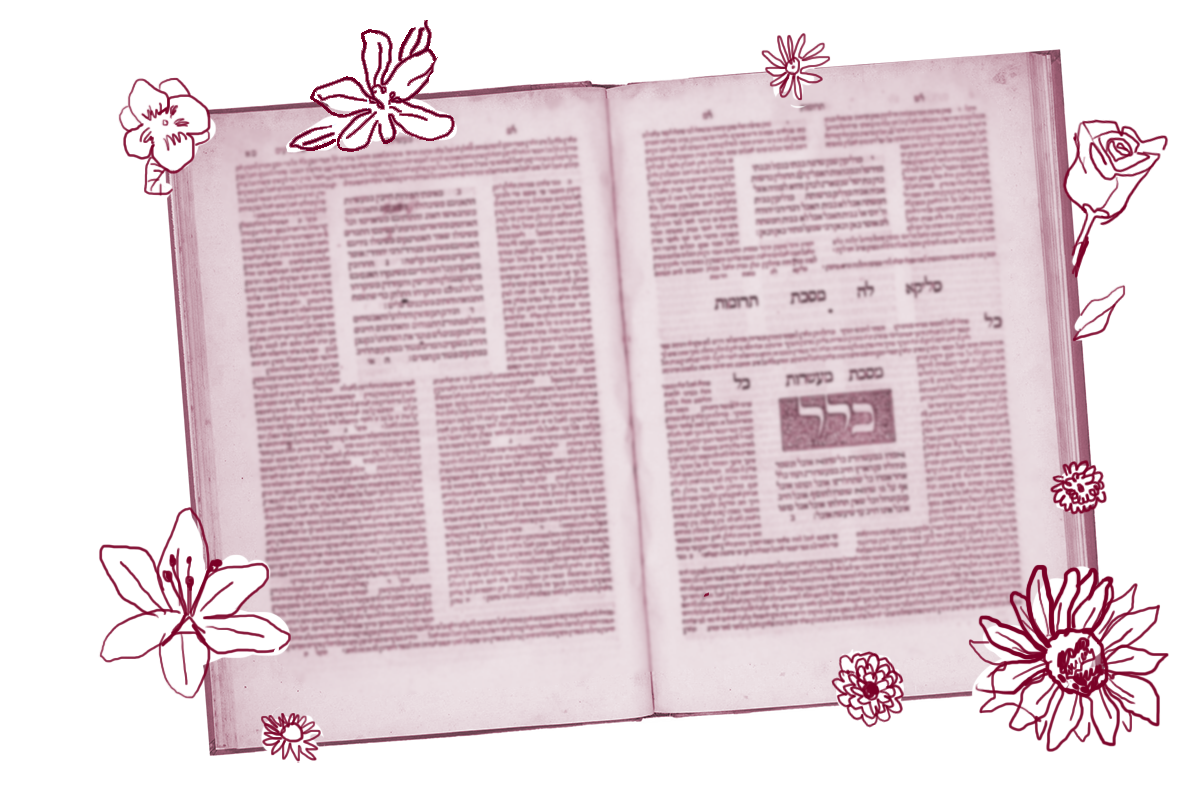Yesterday’s daf introduced us to some of the challenges of observing Sukkot during a shmita (sabbatical) year — the one year in seven during which the Bible requires Jews to let the land rest. As we saw yesterday, selling edible produce in the shmita year is forbidden, which makes buying and selling etrogs … complicated. Today, we’re going to dive deeper into rabbinic thought on the sabbatical.
The biblical shmita is a sabbath for the land. Humans work six days and rest on the seventh; likewise, the land yields crops for six seasons, and then is allowed to rest in the seventh. Although purposely farming land in a shmita year was forbidden, one was permitted to glean the produce that grows on its own — and even sell it, subject to some restrictions. Namely, if you sell any produce that grew on its own during the sabbatical year, you must use the money from the sale only for the purchase of something you will consume in a short amount of time. Why? Because produce that grows on its own during the sabbatical year carries kedushat shevi’it, “shmita sanctity.” The sanctity of this produce transfers to the money used to purchase it in a sale — and therefore that money must also be used to purchase only specific consumable items.
The rabbis took all of this very seriously. If someone sold spontaneously grown shmita produce and then used the money for something that wasn’t a consumable good, trouble was expected to follow — as Rabbi Yose bar Hanina explains in a beraita (early rabbinic teaching) toward the bottom of today’s page:
Rabbi Yose bar Hanina said: Come and see how harsh is the dust of the shmita prohibition. For if a person does business with produce of the shmita year, in the end poverty will force them to sell their moveable property and utensils…
With your help, My Jewish Learning can provide endless opportunities for learning, connection and discovery.
Selling shmita produce and then using those sacred funds for something forbidden was such a serious violation a person could expect to lose all their belongings within the year. The full text of the beraita, which appears in Arakhin 30b and Kiddushin 20a, goes even further, stating that if the person does not learn a lesson from this loss, they will then be forced to sell not just their stuff but also their house, land and even their family members and themselves into slavery.
This is an intriguing statement — not only because of the harsh punishment, but also because of the way it is phrased. What does Rabbi Yose mean by “the dust of the shmita prohibition”?
Rashi explains that the “dust of shmita” refers specifically to the prohibition against doing business with shmita produce for the purpose of profit. We might assume that since the primary prohibitions of shmita are related to farming and eating — no planting, harvesting, eating of certain crops — these secondary laws about trading shmita produce are unimportant, like dust.
Rabbi Yose warns us against this perspective, teaching that even what we may think of as non-essential aspects of the shmita year — the dust — must be taken seriously. He teaches this idea not only by articulating a severe punishment, but through the image his language conjures. Dust may seem inconsequential, but enough particles of it can also be overwhelming — permeating the air and spreading over everything.
We tend to think of dust as something undesirable. But Rabbi Yose helps us see it in a new light: It is the teeniest elements, the most infinitesimal particles that constitute the environment we live in. In this case, Rabbi Yose is suggesting that we are actually meant to live in the dust of shmita in order to experience it as the all-consuming experience it is intended to be. These minute prohibitions — complex, apparently endless, and seemingly secondary or unimportant — swirl all around us, creating a spiritual atmosphere: a year spent creating and living in a culture that is not rooted in commerce, consumerism and profit.The shmita dust reminds us that God is the ultimate owner of all.
Read all of Sukkah 40 on Sefaria.
This piece originally appeared in a My Jewish Learning Daf Yomi email newsletter sent on August 16th, 2021. If you are interested in receiving the newsletter, sign up here.



